Last Updated: March 25, 2024
Different Credit Card Types For Different Reasons
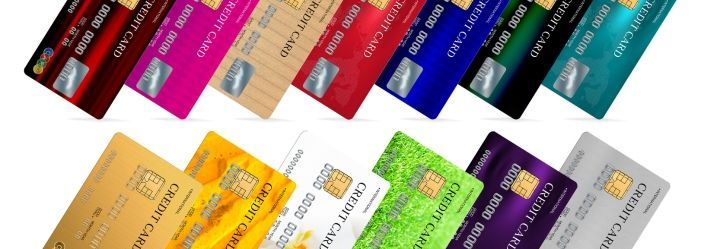
Disclaimer: We are not qualified legal or tax professionals and are not giving advice. Always speak with a qualified professional before making any legal or financial decisions.
From building credit to maximizing rewards, the vast sea of credit card options available today caters to diverse financial needs and goals. But with so many choices, how do you determine which card or combination of cards is the best fit for your wallet?
Whether you're a frequent flyer, a balance-carrying borrower seeking lower interest rates, or someone looking to establish credit history, understanding the distinct benefits of each type of credit card can illuminate your path to financial savvy.
Let's navigate the key categories together, highlighting how to pinpoint the cards that will most effectively enrich your financial life.
Don't want to read through? Speak to a debt specialist right now.
Why Should I Have a Credit Card?
Admittedly, a credit card can be dangerous. There’s something about the idea of not having to immediately pay for something that can make money seem almost unreal. The average US household owes more than $16,000 in credit card debt, further demonstrating the appeal (and potential danger) of “buy now, pay later.”
Credit Card Interest Rates
The average credit card interest rate is currently around 16% APR.
However, your specific rate will depend on factors like:
- Your credit score - Higher scores get better rates
- Your credit usage - Lower utilization helps
- Your history with the issuer - A longer history may mean lower rates
- Overall economic conditions - Rates tend to be higher when risk is higher
Tips to get a lower interest rate:
- Maintain a credit score over 740 if possible
- Keep credit card balances low compared to limits
- Ask for a rate reduction after being a good customer for several years
- Consider balance transfer offers to save on interest
- Shop around for cards offering 0% introductory APR offers
Monitoring your credit and keeping card balances low compared to your credit limits are key ways to qualify for the best interest rates. For strategies for managing and paying off this debt, explore the best ways to pay off your credit cards.
Credit Card Fees
Almost all credit cards charge some fees, here are some to be aware of:
- Annual fees - Charged yearly, usually $95-550 for premium cards
- Balance transfer fees - A % fee charged to transfer existing balances
- Cash advance fees - For withdrawing cash from your credit line
- Foreign transaction fees - Some cards charge 3% on foreign purchases
- Late payment fees - Around $30-40 for a missed due date
- Overlimit fees - If you exceed your credit limit
While fees vary, rewards cards tend to charge higher fees overall compared to basic no-frills cards. Avoid late and overlimit fees by carefully monitoring statement due dates and balances.
How to Choose the Right Credit Card
Choosing the best credit card involves a few key steps:
- Compare cards side-by-side online based on rates, fees, rewards
- Check your credit reports and scores using a site like annualcreditreport.com
- Consider your typical monthly spending categories and amounts
- Read reviews and cardholder opinions to get the full picture
- Weigh benefits vs costs and risks for each card before applying
Having clear goals upfront before getting a credit card helps align the card benefits and features with your needs and financial situation. Monitor your credit reports, aim for the best rate possible, and avoid cards with features you won't fully use.
However, credit cards can also be incredibly helpful for the following situations:
- Emergencies: If your car breaks down, and you’re nowhere near payday, paying on credit may be your best choice. This is especially true if your paycheck has already been spent on other expenses. Having a credit card allows you to pay back the purchase over time and on your own schedule.
- Convenience: Remembering to have cash on hand can be a headache. Being able to pay for something, regardless of how much money you have in your wallet is a first world convenience.
- Rewards: Some cards, which we’ll discuss in a moment, come with rewards. If you’re saving up for a vacation or need to earn airline miles for a trip, a credit card can help get you there faster.
- Build a credit history: If you plan on buying a house, car or taking out a business loan, credit cards help you build a solid financial history. Many lenders won’t allow you to borrow unless you can show that you’ve handled credit responsibly. Click here for tips on buying a home with bad credit.
What Are The Different Types of Credit Cards?
Annual Membership: These cards come with a yearly membership fee. Typically, the fee comes in exchange for higher rewards. American Express was the first company to charge a membership fee, and most of their cards also require full payment of each month’s balance.
Other companies, such as Capital One, have recently followed suit with cards that charge an annual membership, though these cards don’t always come with rewards. Instead, it’s more like an insurance deposit for those with spotted credit history.
Rewards Cards:
As the credit card business became both more competitive and lucrative, more companies duplicated the American Express model of offering rewards for using their cards. However, many waived a membership fee.
Now, you’ll see rewards credit cards offering cash back on purchases ranging from one to two percent on airline miles, hotel stays, gift cards, merchandise, and more.
Airline Specific Credit Cards:
In an effort to diversify revenue streams, airline companies have begun issuing credit cards. Some can be used anywhere as a regular credit card, while others are only for use with the airline. Using these cards allow you to earn airline miles that you can use on future flights. For universally accepted cards, you’ll often get bonus points when you sign up or make purchases from the airline or at the airport.
Low Interest Credit Cards:
Some cards offer very low or zero interest for an introductory period. This is helpful if you need to make a large purchase and plan on paying it off before the regular interest rate kicks in. These cards are often reserved only for those with top-tier credit.
Gas Cards:
Gas stations have been issuing credit cards for decades to encourage brand loyalty. Some can only be used at gas stations, while others are universally accepted. Most will give a cashback reward for general purchases (usually one percent) and pay you back five percent for purchases made at the gas station.
Retail Cards:
Many department stores and retail stores have their own credit cards that they issue to loyal customers. This allows retailers to recoup some of the credit card transaction fees while also using consumer behavior for market research.
These cards are worth it if you get a discount on an initial purchase and cash back for repeat purchases. Otherwise, it’s just another hunk of plastic to keep track of and an additional bill to remember to pay on time.
Business Credit Cards:
A business card is similar to a personal card, but with some additional perks. There may be lower fees, better rewards, and higher credit limits. In addition, you can often add multiple members and allocate different credit limits for the users. For example, if you run a business and have employees who travel, you can issue cards to employees and allow the ones who travel the most frequently to have higher credit limits than those who don’t.
These cards also offer helpful reports based on business and personal expenses, which helps keep your finances organized if you mix business with pleasure.
Student Credit Cards:
College campuses are notorious for signing students up for credit cards and offering them free gifts like toasters in the process. A student card often comes with higher fees and lower limits, but if you’re a young adult with limited credit history, this is an ideal way to start small with charges and prove that you’re responsible.
Secured Credit Cards:
If you’re in the process of repairing bad credit and trying to rebuild, you may not be able to get approved for a regular line of credit. In cases like these, you may need to get a secured card. This requires you submit collateral that’s valued at an amount equal to or greater than the amount of credit you’ll be able to use.
There may even be fees involved. It’s definitely not ideal, but if you’re recovering from a financial crisis and need to rebuild, it might be your only option.
Pre-Paid Credit Cards:
These cards aren’t actually credit cards, but they serve a similar function in allowing people with poor credit histories to use something that resembles a credit card. Instead of submitting collateral, you pay funds in advance and “load” the card with funds. Then, you can use it as a credit card.
Often there are fees involved to reload and apply, so double check and compare the options before making a decision to use one particular credit company. To ensure you're using such tools wisely, consider learning about the best way to use a credit card responsibly.
Which Types Of Credit Cards Should I Have?
Your lifestyle will determine the best credit card for you. Think realistically about what you plan on using credit cards for, your credit score, and what you hope to gain from a credit card. For example, if you have average credit and you’d like to plan a vacation, you should try a general rewards card or an airline card.
If you’ll be paying your balance in full each month and want the highest rewards, you might want a premium membership card like American Express. For people trying to rebuild their credit, you’ll have to shop around. Be prepared for rejection, but don’t settle for anything that’s unfair. A secured card or a card with a membership fee may be your best bet.
There are countless scenarios, so again, think about your goals and choose from there.
Is There A Perfect Credit Card for Me?
While there’s no one perfect card, we do highly recommend rewards credit cards that offer cash back and other bonuses. Most major banks issue them, and the interest rates are relatively consistent, depending on your credit history. We suggest choosing one that has the highest daily rewards percentage but also has quarterly events that can double, triple or quintuple your rewards.
For example, a credit card may give five times points at all grocery stories for an entire quarter. Often, it caps at a modest amount, but you’ll still be getting significantly more rewards than you would without the event.
FAQs
Conclusion
Credit cards are convenient and easy to use, and new technology is making them more secure than ever. Most companies are eager for your business, even if your credit is less than perfect, so before committing to a card, shop around for the best rates and highest rewards. If you’d like to find out exactly how much money you’ll be spending on principal and interest, check out our Credit Card Interest Rate Calculator.
If you are struggling with overwhelming debt and want to explore your debt relief options, Pacific Debt Relief offers a free consultation to assess your financial situation. Our debt specialists can provide objective guidance relevant information and support to help find the right debt relief solution.
*Disclaimer: Pacific Debt Relief explicitly states that it is not a credit repair organization, and its program does not aim to improve individuals' credit scores. The information provided here is intended solely for educational purposes, aiding consumers in making informed decisions regarding credit and debt matters. The content herein does not constitute legal or financial advice. Pacific Debt Relief strongly advises individuals to seek the counsel of qualified professionals before undertaking any legal or financial actions.
Reduce Your Credit Card Debt By Up to Half
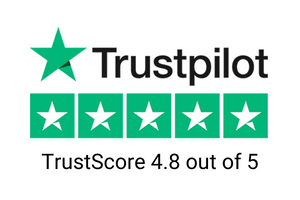
BBB Reviews | 4.9/5.0 Rating
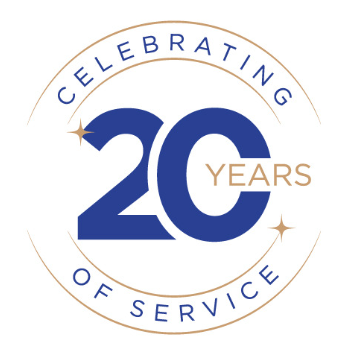
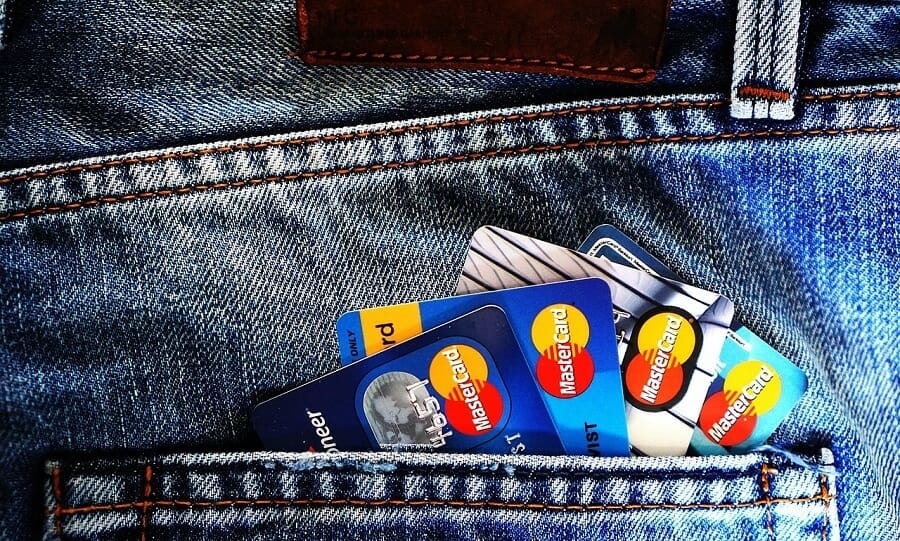






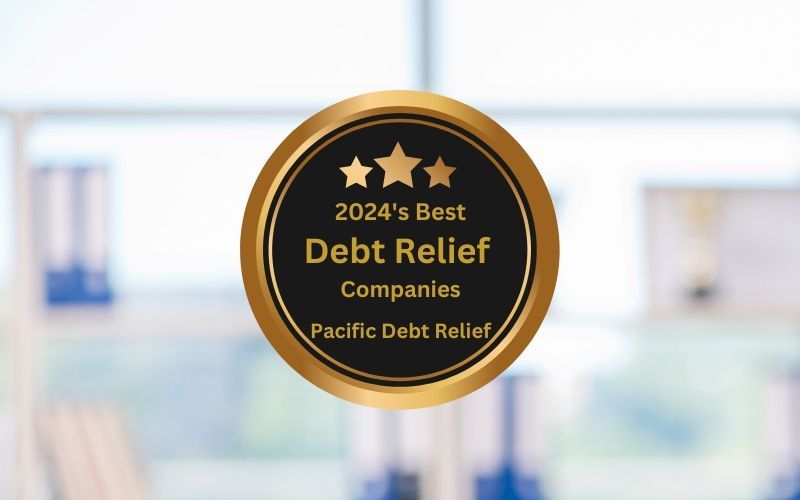
 Do Not Sell My Personal Information
Do Not Sell My Personal Information